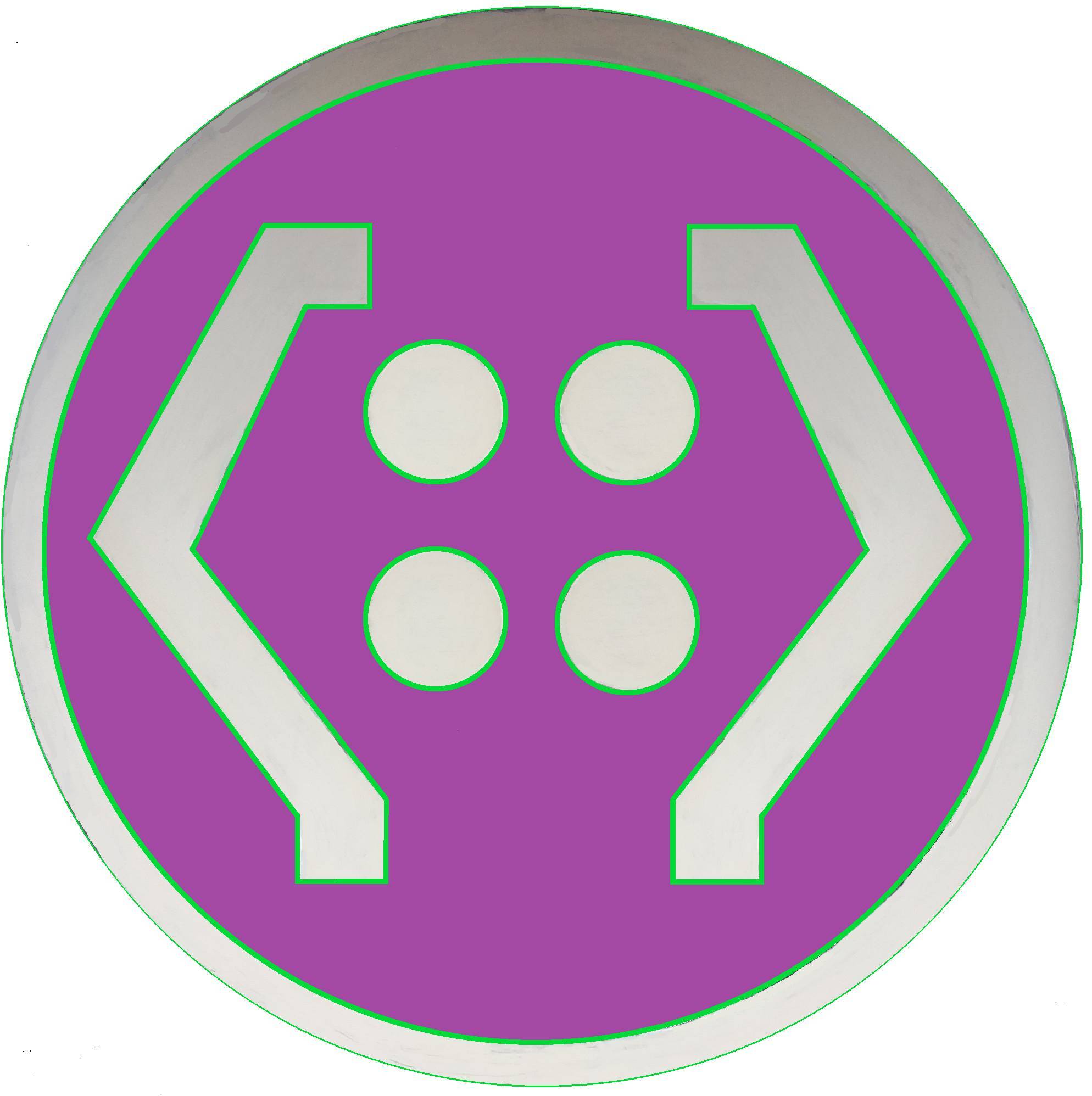Correct Priority Society Model (CPS-model) interest meetings!
you are invited you to an interest meetings hosted by Fahiym Hanna for the purpose of having more in depth conversation about its intersections and implementations of the CPS-model on the county level.
CPS-model interest meetings @ renaissance community coop (community room)
2517 Phillips Avenue Greensboro, NC 27405
the dates and times:
July…..… 13th from 6:15pm -7:45pm
July ……..27th from 6:15pm -7:45pm
August . .10th from 6:15pm -7:45pm
July…..… 13th from 6:15pm -7:45pm
July ……..27th from 6:15pm -7:45pm
August . .10th from 6:15pm -7:45pm
